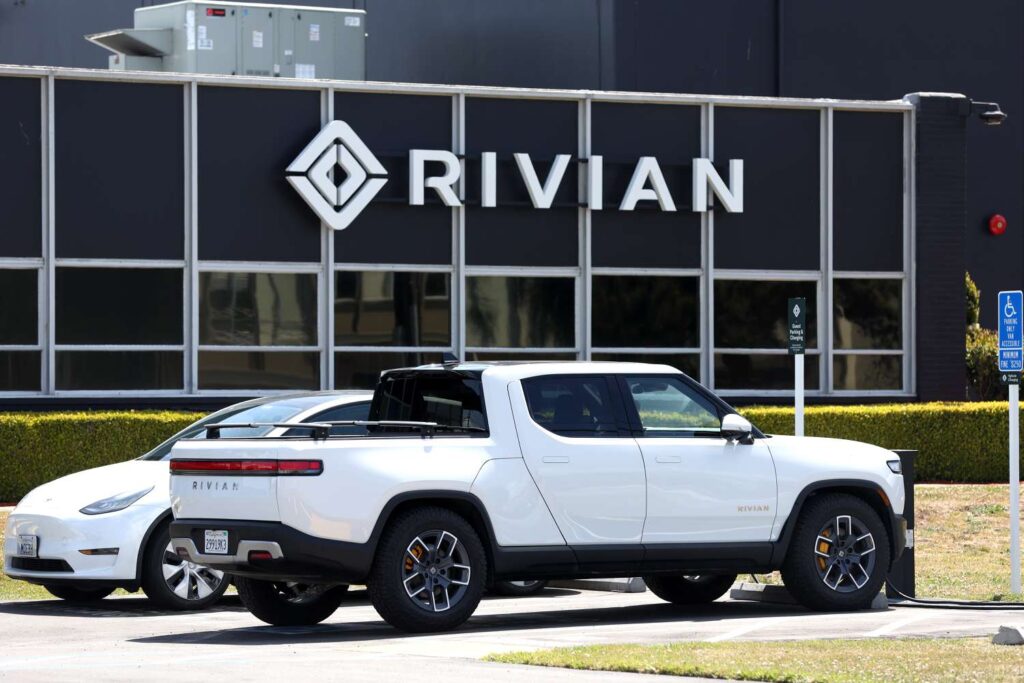There is no end to what all human beings can do, and yet there is little we do better than growing on a consistent basis. This tendency to improve, no matter the situation, has got …
There is no end to what all human beings can do, and yet there is little we do better than growing on a consistent basis. This tendency to improve, no matter the situation, has got the world to hit upon some huge milestones, with technology emerging as quite a major member of the group. The reason why we hold technology in such a high regard is, by and large, predicated upon its skill-set, which ushered us towards a reality that nobody could have ever imagined otherwise. Nevertheless, if we look beyond the surface for a second, it will become clear how the whole runner was also very much inspired from the way we applied those skills across a real world environment. The latter component, in fact, did a lot to give the creation a spectrum-wide presence, and as a result, initiate a full-blown tech revolution. Of course, this revolution then went on to scale up the human experience through some outright unique avenues, but even after achieving a feat so notable, technology will somehow continue to bring forth the right goods. The same has turned more and more evident in recent times, and assuming one new discovery ends up with the desired impact, it will only put that trend on a higher pedestal moving forward.
Rivian has officially confirmed the decision to adopt Tesla’s electric vehicle charging standard for its future lineup of vehicles. According to certain reports, the company, from 2024 onwards, will begin providing adapters to let its customers access Tesla Supercharger stations across the nation. One year later, in 2025, Rivian will move on to manufacturing R1T trucks and R1S SUVs with an in-built Tesla charging port, therefore solidifying the stated commitment even further. The development follows up on other automakers, such as General Motors and Ford, announcing a similar decision to work with Tesla’s NACS-backed chargers. But why is every big automaker so keen on joining this party? Well, it’s mainly because NACS or North American Charging Standard is understood to be a cut above from the CCS or Combined Charging Standard which most EV makers in North America have adopted for DC fast charging. The same was validated by a report where it was claimed that the average uptime of Tesla Supercharger sites last year amounted to an encouraging 99.95 percent. While operational efficiency is quite clearly in the mix, the company has also managed to realize the same at a global scale, considering it currently has more 45,000 Superchargers available worldwide, with nearly 12,000 of them operating in US alone. The latter figure is notably spread across 2,000 DC fast charging stations and an estimated 5,000 Level 2 chargers.
“This agreement makes electric vehicle ownership simpler by offering more ways to fast charge your Rivian vehicle and supports our shared mission to decarbonize transportation,” Rivian said
The stated Rivian decision also helps Tesla take another step away from being outright exclusive in terms of who it chooses to serve. You see, up until recently, the company’s Superchargers were only accessible to people who owned a Tesla vehicle. However, since Biden administration has deemed wider availability as a prerequisite to tap into some of the $7.5 billion for EV charging in the Bipartisan Infrastructure Law, it has seemingly spelled a huge change of strategy for the Elon Musk-owned automotive company.
Mind you, though, despite its pledge of embracing Tesla’s charging infrastructure, Rivian still plans on installing 3,500 fast chargers at 600 locations over the next few years. This will come as a part of its Adventure Network, an initiative which is striving to install a grand total of 10,000 charging stations.




